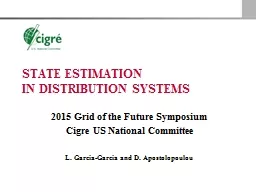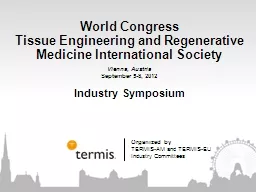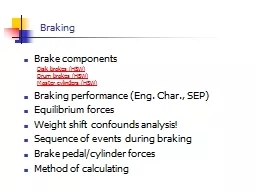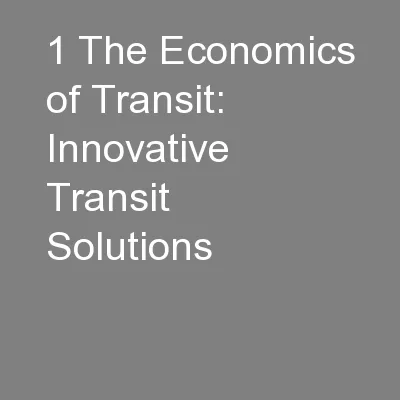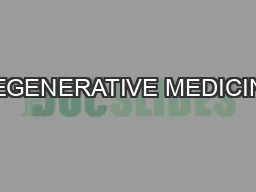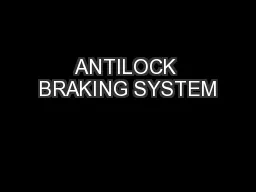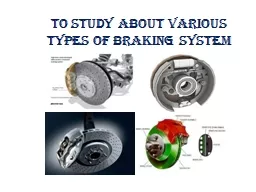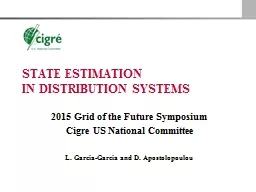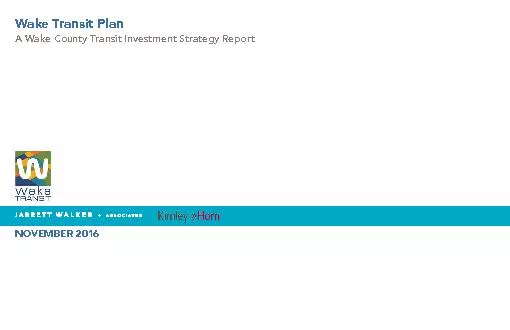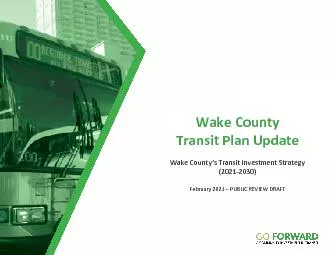PPT-Regenerative Braking in Mass Transit
Author : karlyn-bohler | Published Date : 2018-01-04
2015 Grid of the Future Symposium Cigre US National Committee N Kasza E A Paaso Outline Introduction Theory Brake controller Opportunities of regenerative braking
Presentation Embed Code
Download Presentation
Download Presentation The PPT/PDF document "Regenerative Braking in Mass Transit" is the property of its rightful owner. Permission is granted to download and print the materials on this website for personal, non-commercial use only, and to display it on your personal computer provided you do not modify the materials and that you retain all copyright notices contained in the materials. By downloading content from our website, you accept the terms of this agreement.
Regenerative Braking in Mass Transit: Transcript
Download Rules Of Document
"Regenerative Braking in Mass Transit"The content belongs to its owner. You may download and print it for personal use, without modification, and keep all copyright notices. By downloading, you agree to these terms.
Related Documents

